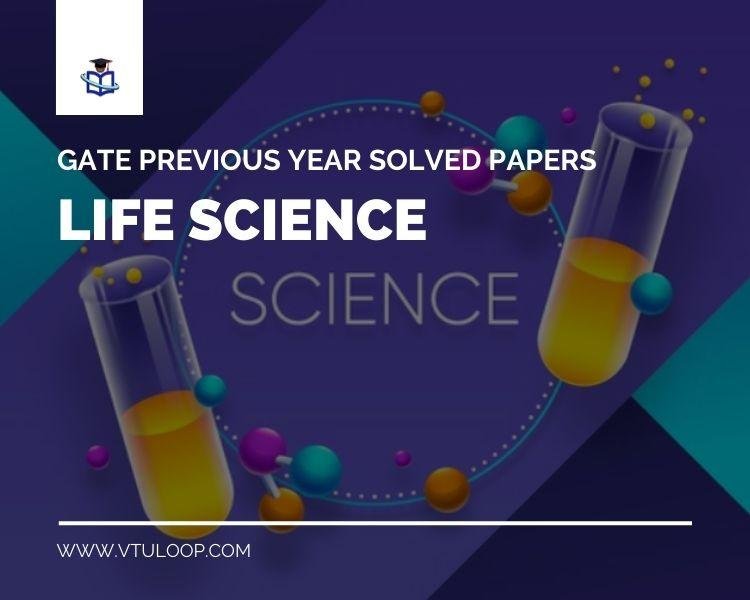Machine Learning Life Cycle | Read Now
Machine learning has offered computers with the ability to educate on their own without having to be specifically instructed. However, how would a ML system function? For that, the ML life-cycle can be used to express it. A ML project’s life span is a periodic approach for building a computational intelligence project. The cycle’s fundamental mission is to find a remedy to the difficulties or project.
There are 7 key milestones in the life of ML cycle, which are outlined as:
- Data collection
- Preparing the data
- Wrangling of the data
- Analytics of data
- Model Training
- Model Validating
- Deploying Model
Defining the challenge and comprehending the situation’s purpose are perhaps the most vital factors of the overall process. As a reason, before commencing the life span, we must first grasp the condition, as a positive outcome is dependant on a thorough understanding of the situation.
1] Data Collection or Gathering
- Its first stage in the life process of ML temred as data collection or gathering info.
- This phases’s goal is to identify and gather all information issues.
- We first must discover the numerous sources of information, as data can be gathered from a variety of locations, including folders, databases, the web, and portable devices.
- One of most crucial points in the life cycle.
- The output’s productivity will be affected by the number and precision of the information collected.
- More the information there is, more the precise forecast will be.
- This stage includes multiple steps like:
- Determine the multiple data sources
- Obtain data
- Combine the data you’ve received from different resources.
2] Preparing the data
- We must organize the data for processing after it has been acquired.
- Preparing the info entails putting our information in an appropriate position and organizing it for usage in ML training.
- In this round, we integrate all the facts and then randomise the ordering of the information.
- This component is further split into two moves:
- Exploring the info: This is implemented to find out exactly what sort material we’re coping with. We must grasp data’s qualities, structure, and integrity. A successful conclusion is the fruit of a better information of data. Correlations, general trends, and even outliers can all be found here.
- Pre-processing of info: The information must now be pre-processed in order to conduct a research.
3] Wrangling of the data
- The practice of refining and turning raw information into a comprehensible form is termed as wrangling of the data.
- It is the action of data cleaning, picking the variables to employ, and turning the information into an acceptable format for analysis in the process stage.
- It is one of most crucial steps in the total process.
- To overcome the quality problems, records must be processed.The four factors exist in unclean data:
- Missing data
- Replicated data
- Invalid information
- Noise
4] Analytics of data
- The goal of this phase is to generate a ML model that will evaluate the input using a range of analytical methodologies and then analyse the outcome.
- It starts with identification of the problem, then by the selection of ml algorithms like categorization, regression, clustering, associations, and so on, accompanied by the development of the framework employing prepared data, and ultimately the validation of the system.
5] Model Training
- This next step is to train the built model, in which we enhance our model’s performance to ensure a greater solution to the situation.
- Records are employed for model training, and then utilized to train information utilizing different ML methodologies.
- A model must be trained in order for that to comprehend the multiple trends, regulations, and attributes.
6] Model Validating
- We test or validate our Ml model once it has been educated or trained on a set of data.
- We verify the correctness of our system in this stage by passing it a testing sample.
- The overall correctness of the model is defined by testing it onto the task or problem’s requirements.
7] Deploying Model
- The final part in the ML’s life-cycle is deployment or deploiyng model, which includes putting the system into practice in an actual system.
- We deploy the model in the proper machine if this consructed model produces an exact solution that fulfills our expectations at a moderate pace.
- However, before deploying the application, we’ll see if it boosts performance by implementing data available.
- The deployment process is comparable to finishing a project’s official report.






